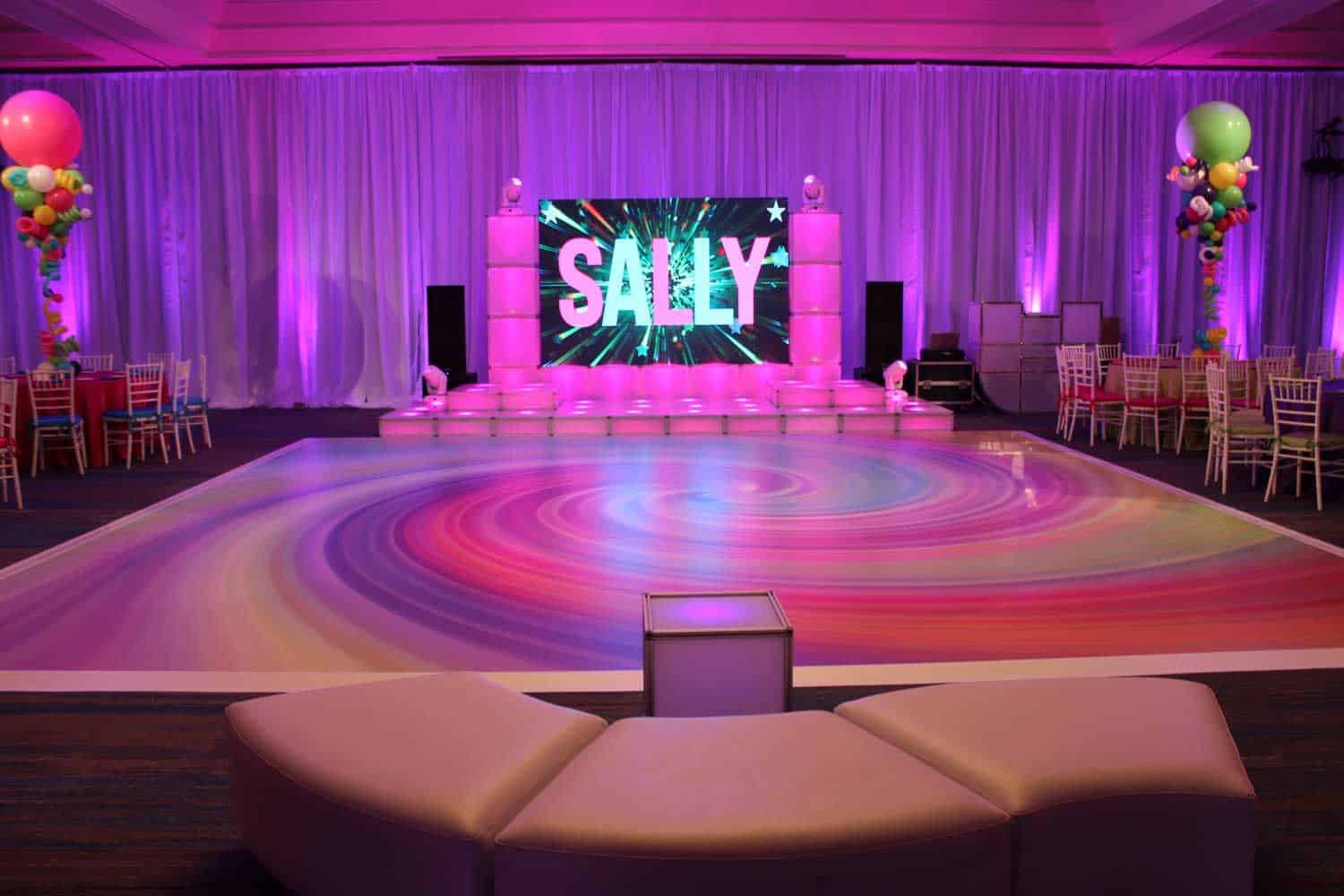Optimizing Operational Quality and Lifespan Through Optimal Heat Control in Digital Display Panels
Wiki Article
Luminescent panel modules have become more and more widely used in multiple fields, such as marketing, media, as well as even domestic aesthetics. These screens provide brilliant, vibrant visuals that can draw focus and enhance visual impressions. Still, one critical consideration of preserving their performance and durability is efficient heat control. When Light Emitting Diode units run, they emit heat. If this excess temperature is not controlled appropriately, it can lead to diminished brightness, hue accuracy, and potentially a limited lifespan for the screens. Consequently, knowing how to efficiently control heat is crucial for optimizing the functionality of LED display screens.

Thermal dissipation in luminescent technology denotes the techniques implemented to manage and lower the surplus temperature generated in the course of operation. One widely used practice involves compounds with strong conductive properties, including aluminium or copper metal. These components can quickly dissipate heat out of the light-emitting parts, ensuring the operating temperature at a safe threshold. Additionally, the engineering of lighting wall panels plays a crucial role in heat control. Panels that include cooling fins or cooling systems permit heated airflow to escape while circulating cooler currents, additionally assisting with thermal regulation.
A further important element in efficient heat dissipation is proper mounting and placement of Light Emitting Diode modules. Ensuring that there is sufficient room around the units enables enhanced circulation, which assists in lower the temperature of them effectively. It is also crucial to avoid placing Light Emitting Diode modules in confined spaces where heat can become trapped. Instead, they should be mounted in locations with effective ventilation to facilitate maximum temperature regulation. Specialists often suggest positioning LED units away from direct sunlight or other thermal emitters to avoid excessive heat.
Regular maintenance of luminescent displays is also important for ensuring proper thermal control. Debris and residue can collect on the surface of the panels and throughout their parts with use. This buildup can restrict ventilation and reduce look here the system’s ability to regulate temperature. Wiping the exteriors routinely and verifying that any interior parts are clear of blockages will assist preserve maximal efficiency standards. Furthermore, monitoring for any evidence of wear or faults can aid avoiding thermal issues risks before they become severe failures.
To conclude, proper heat dissipation is essential for enhancing both the efficiency and durability of Light Emitting Diode wall panels. By using materials with high heat transfer capability, maintaining correct setup and arrangement, and carrying out consistent upkeep, operators can greatly improve their LED experience. Understanding these guidelines not only aids in preserving the quality of the screens but also promotes energy savings and environmental responsibility in display see here now technology. As innovations in technology move forward, prioritizing temperature dissipation will continue to be an essential aspect of employing luminescent displays to their maximum potential.